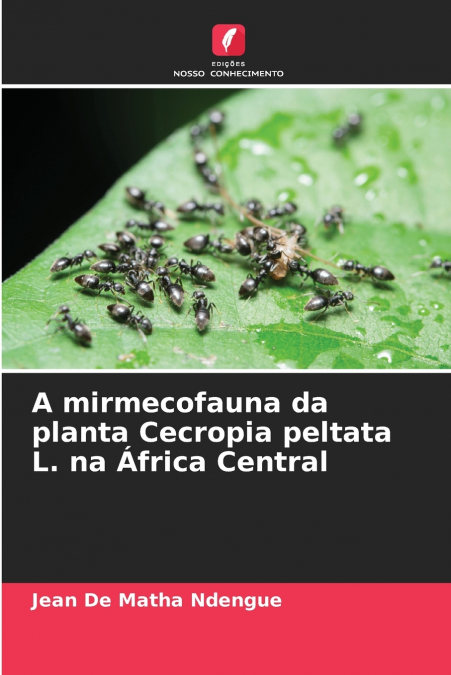
Jean De Matha Ndengué
A mirmecofilia é a relação entre plantas e formigas: as plantas fornecem às formigas alimento e locais de nidificação em seus domácias; em troca, as formigas as protegem do ataque de herbívoros. Na América Latina, esta associação é bem conhecida em várias espécies do género Cecropia, onde se apresenta como específica ou não específica. O objectivo do presente estudo foi realizar um inventário da mirmecofauna de Cecropia peltata L., uma espécie introduzida na floresta tropical africana, em vários locais de África. Um total de 84 indivíduos desta planta foram inspeccionados ao longo das margens esquerda e direita do rio Dibamba. Nos locais inspeccionados, 83,3% das plantas eram hospedeiras de formigas. As 19 espécies inventariadas pertencem a 10 géneros divididos em quatro subfamílias. A espécie Pheidole tenuinodis Mayr, 1901 é a mais comum (53,4%). Cinco espécies são raras. O caule é a parte da planta hospedeira mais colonizada e apresenta a maior riqueza de espécies. Estes resultados atestam a presença de formigas em C. peltata L. e mostram a grande diversidade desta fauna.